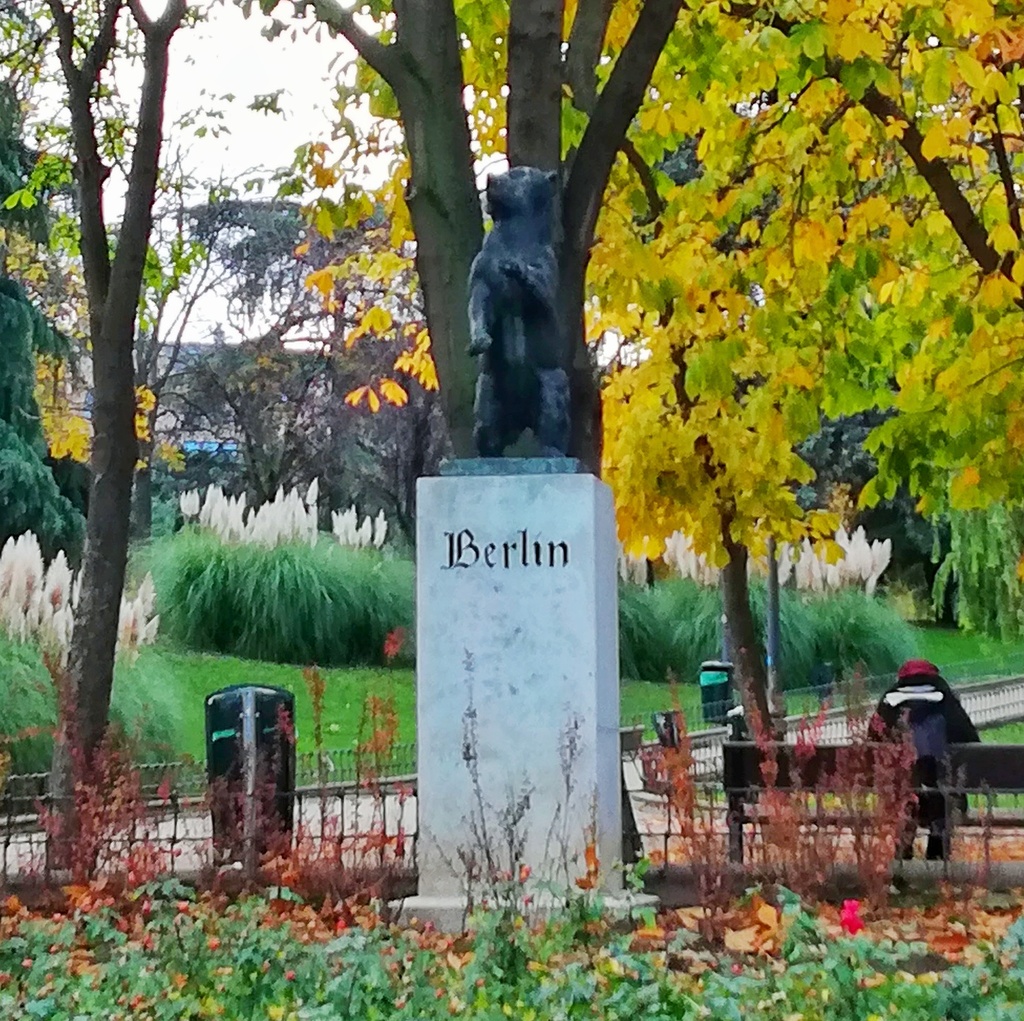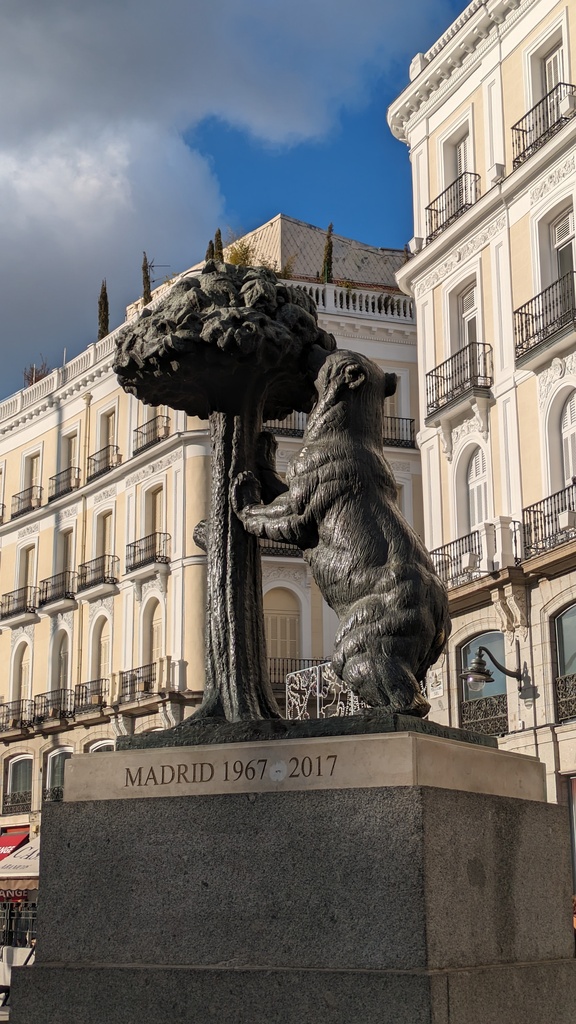
I went to see The Berlin Wall: A World Divided exhibition again last week at Fundación Canal. The displays are so in-depth, covering events from the Second World War to present day global divisions, I needed six hours and two visits in total to do it justice!
Before my first visit around Christmas, it seemed appropriate to pop into Madrid’s very own Berlin Park, a few metro stops away in the northern suburb of Chamartin.
The Foundations
The park was first opened in 1967, six years after the Berlin Wall itself went up, dividing the capital of East Germany into Soviet, French, American and British zones. This physical and ideological barrier separated a country and its people for almost 30 years.
The location of the park was chosen because it was close to the German School and in a neighbourhood with a significant German community, who raised some of the funding themselves. The opening was supposed to coincide with a visit of Willy Brandt, Mayor of Berlin at the time and leader of the Social Democratic Party of Germany from 1964 to 1987 (he later served as the chancellor of West Germany from 1969 to 1974). In fact, he couldn’t make it in the end (he was probably too busy, it was in the middle of the Cold War to be fair) and sent an ambassador instead, who unveiled the granite monolith that still sits in a corner of the park.

Ein bär and un oso
This small monolith, and a nearby bronze statue, both feature bears standing on their hind legs. The bear is a symbol of the city of Berlin and of course, Madrid too. Spanish sculptor Antonio Navarro Santafé created both this Berlin Park bear and the iconic Bear and Madroño tree sculpture in Sol square, right in the centre of Madrid.
Bear statues in Berlin Park and Sol made by Antonio Navarro Santafé. He also taught at the Madrid School of Ceramics
At this time there seems to have been an increase in friendly relations between Spain and West Germany, with Spain’s stance that the country should be unified. The right-wing Francoist government was super-critical of the Communist eastern block, naturally, and expressed sympathy with the plight of the Berlin citizens, divided by the ‘Wall of Shame’, as Brant had named it. The complex relationship between Spain and Germany in the 20th century is a rabbit-hole to jump down another time, but it is a fascinating one.
Beethoven and the Barrier

Even though it’s a park dedicated to Berlin, the ‘other’ German capital hasn’t been forgotten though. From 1949 to 1990, Bonn was the capital of West Germany, and as another symbol of friendship, a monument to Ludwig Van Beethoven (himself born in Bonn) was installed in 1981. A bronze head of the composer sits on a granite piano, carved with the first few bars of his 5th Symphony: the ‘Da da da DAAAH, da da da DAAAH’ bit…

The main attraction in the park though is the three sections of the Berlin wall itself, positioned in a fountain which was emptied for cleaning when I was there, like many during the winter months. Like 50 or so other cities all over the world, Madrid was gifted a bit in 1990 (they did have 155 km to get rid of) as a commemoration of its demolition a year earlier.
The wall still has the original graffiti, luckily, as apparently an overzealous council employee almost had it cleaned off, and it’s now protected by a special coating. Once an oppressive barrier, the wall now stands as a symbol of the Berliner spirit, no longer dividing a city, but uniting two countries.


Leave a Reply